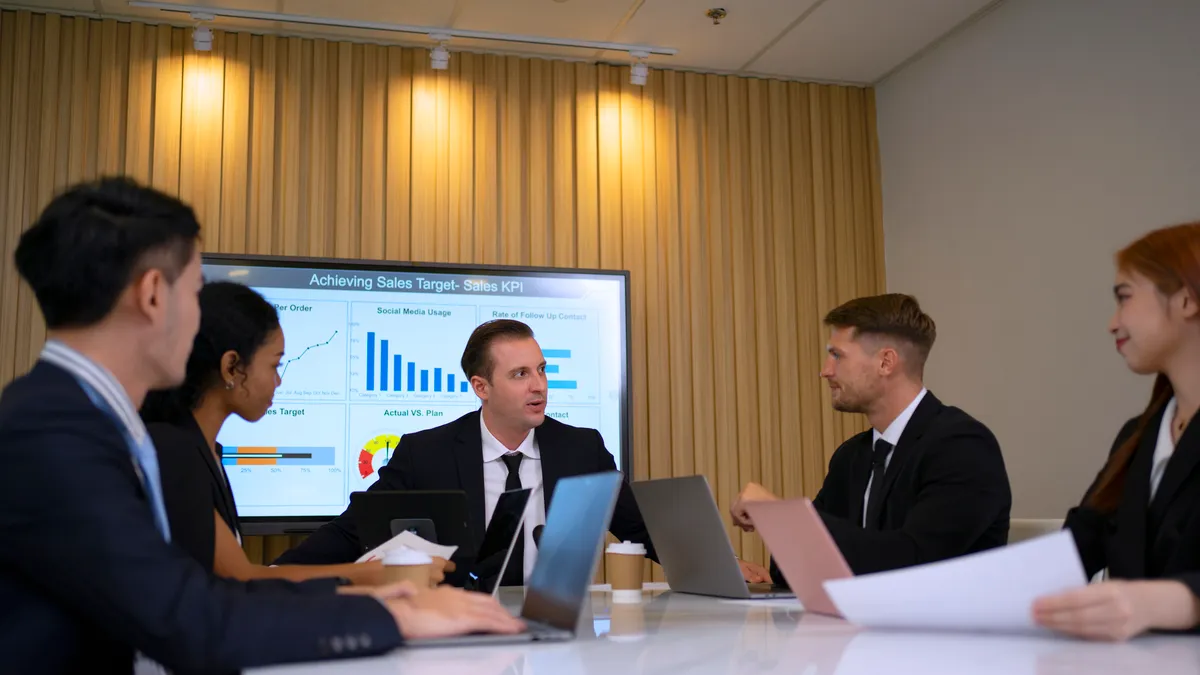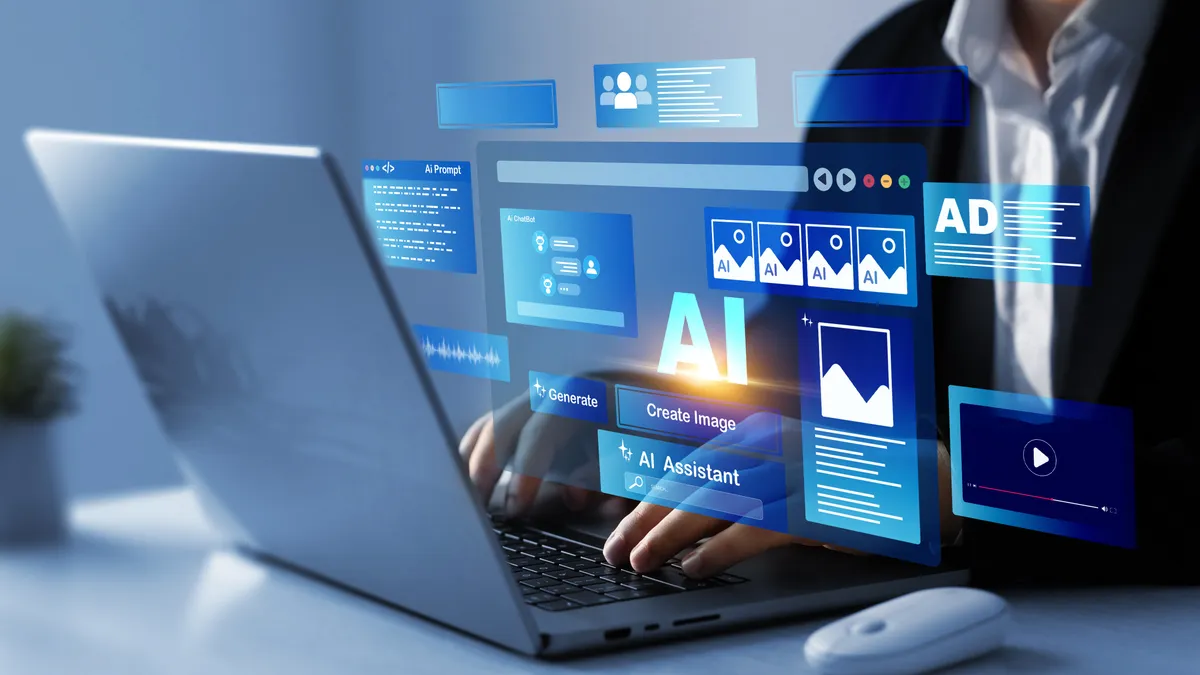Nicole Clark is CEO and co-founder of Trellis. Views are the author's own.
My Cottage BBQ & Brew is located in Port Dalhousie, a quiet waterfront community nestled on Lake Ontario, a 30-minute drive from Niagara Falls. This is where Kristen Cass slipped on September 2, 2007, falling to the floor and injuring her ankle.
The incident quickly transformed into a legal proceeding against the building’s owner, the Port Dalhousie Vitalization Corporation (PDVC). The case and its arguments remain unremarkable—a standard personal injury liability claim that enabled the PDVC to dismiss the action through summary judgment.
But then something interesting happened. Justice Alan Whitten of the Ontario Superior Court of Justice capped the costs awarded to the defense, writing that the use of artificial intelligence would have “significantly reduced” counsel’s preparation time. In the end, Justice Whitten lowered the starting point for disbursements by $11,404.08.
“What we are seeing from the bench, at least, is that the courts are mindful of the use of [artificial intelligence] and are grappling with what it means for the litigation process,” attorney Carole Piovesan explained at the time.
And the courts aren’t alone. AI-powered legal analytics has become a necessity for the contemporary practice of the law, and the in-house counsels employed by corporate legal departments are taking heed, leveraging state trial court data to help them navigate through uncertain legal terrains.
How it started
Outcome prediction is an important part of practicing law. A company’s executives expect their legal departments to provide them with accurate assessments of the potential consequences of any legal decision. Fortunately, a market of legal analytics platforms have recently emerged to help legal teams generate more accurate versions of these assessments. These platforms harness the rudimentary tools of attorneys and expand their capabilities with artificial intelligence and machine learning.
Trellis, for example, has curated a browsable archive of state trial court records by coding, classifying, and restructuring state trial court documents so that they can be searched with natural language inputs. It’s important to remember that this was virtually impossible five years ago. This is because each county in each state authors its own protocols for collecting, cataloging, and publishing state trial court records.
Before Trellis, navigating state trial court records required targeted searches. Users needed to access each court’s website individually, inputting a docket number or a case number into its search feature in order to access case files. It was not possible to browse state trial court records for relevant cases, relevant parties, or relevant issues, creating a situation wherein users could only find what they already knew existed.
The turn to AI
The moment a legal action lands on the desk of the legal department of a ride-hailing company or a global hedge fund, in-house counsel turn to Trellis. Their work begins with a quick Google-like search through the millions of state trial court cases that have been curated by the platform.
The goal? To identify similar cases that have been filed across the county or the state, anything that might help them get a feel for the kinds of resources needed to resolve a particular kind of action. This research can take the form of opposition analysis, a quick assessment of the opposing party and their counsel. Have they filed similar cases in other jurisdictions? What is the status of those cases? How many have gone to trial?
This is the kind of information that can help in-house counsel pinpoint nuisance cases—cases that can be swiftly resolved internally without the aid of an external law firm.
But what happens when that’s not the case? What happens if the legal action is more than a nuisance?
Legal analytics platforms play an integral role in helping in-house counsel collaborate with the demands of their company’s financial departments, ensuring that corporate legal departments select the most appropriate law firms for each individual legal action. This is one of the most common use cases for a platform like Trellis. In-house counsel routinely use legal analytics to screen other law firms.
With Trellis, they use its search algorithms to sift through a vast collection of state trial court records, building the litigation histories of individual attorneys and individual law firms. This search, which can cross jurisdictional boundaries, allows in-house counsel to study how prospective attorneys draft motions, approach legal issues, and shape case timelines. In-house counsel can also gather intel about (1) how often they have handled different types of issues, (2) how many cases they currently have pending, and (3) how they have performed in front of different judicial officers.
That’s only the beginning. The power of legal analytics extends throughout the litigation process. One of the largest property and casualty insurers in the United States uses legal analytics to choose which law firms to use for specific matters in specific jurisdictions. And then it goes further. This insurer probes state trial court records for more information, aggregating statistically significant answers to questions about the estimated length of the case, the probable cost of the case, and the likelihood of success of the case.
On Trellis, these insights are gleaned from portals that provide verdict data and judicial analytics, enabling in-house counsel to make data-driven decisions alongside outside counsel. In-house counsel can uncover how long different types of motions linger on a judge’s docket. They can compare these numbers with the judge’s grant rates, learning something about how friendly individual judges are to plaintiffs and defendants.
These insights can be read alongside settlement award histories, with quick risk-cost-benefit analyses sketched out in minutes. These tools help in-house counsel monitor the spending of external law firms, ensuring that the finite amount of dollars allocated in the budget are used as efficiently and effectively as possible.
What does it mean?
The data for legal analytics at the state trial court level has always existed. “There are so many unique data points that can be obtained from judgments,” explains Amanda Chaboryk, a Disputes and Litigation Data Lead at Norton Rose Fulbright. The insights provided through a careful study of this data can offer invaluable glimpses into how a case is likely to unfold, helping in-house counsel anticipate the future behavior of judges, attorneys, and parties.
“The profession is still working at [how to navigate the data],” echoes Natasa Milojevic, a former senior manager of external legal services at TD Bank Group. “There’s tons of data but the problem is how to wield it, how to use it to make meaningful decisions and how to make it resonate with the people who are actually retaining the law firms.”
We may not know everything about the applications of artificial intelligence, about what they might mean for the litigation process. But the data is there. How will you use it?


















